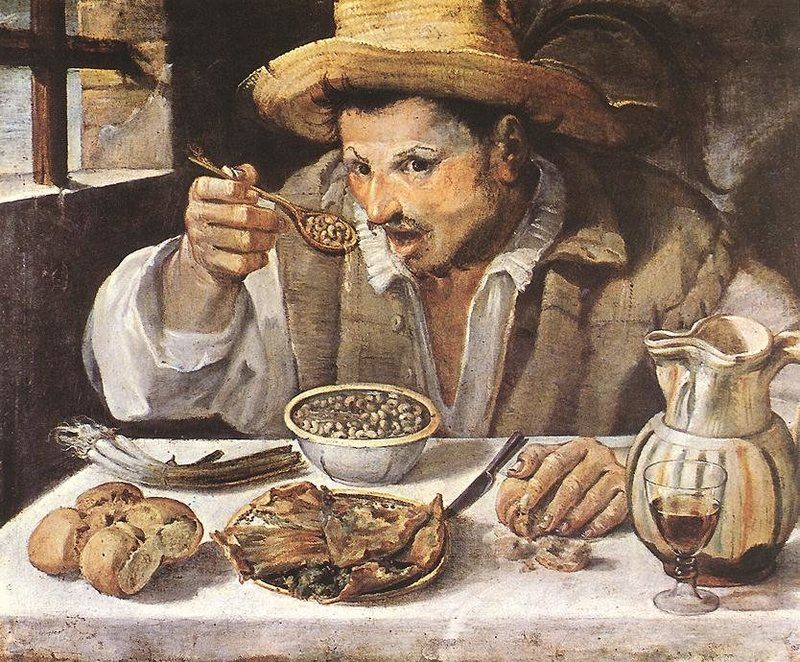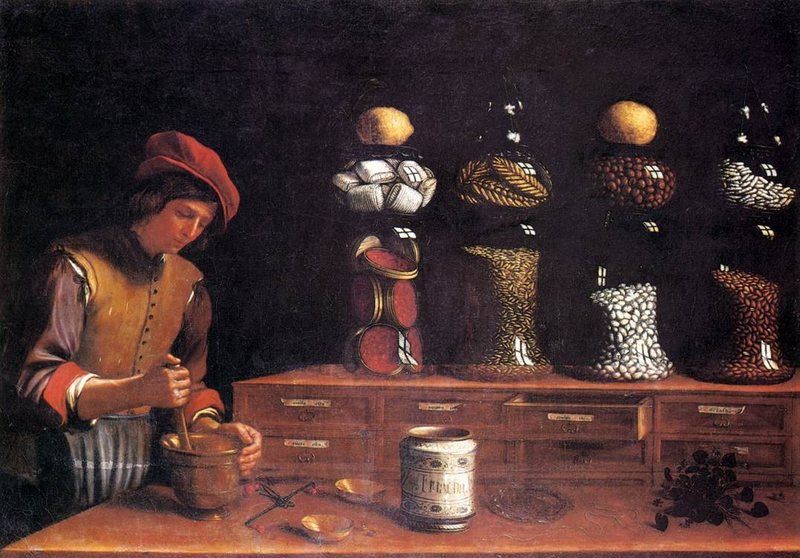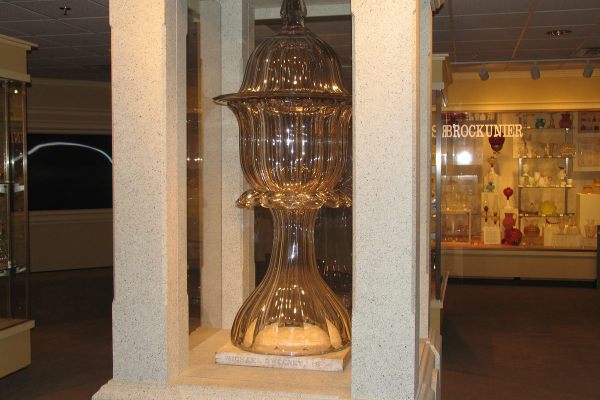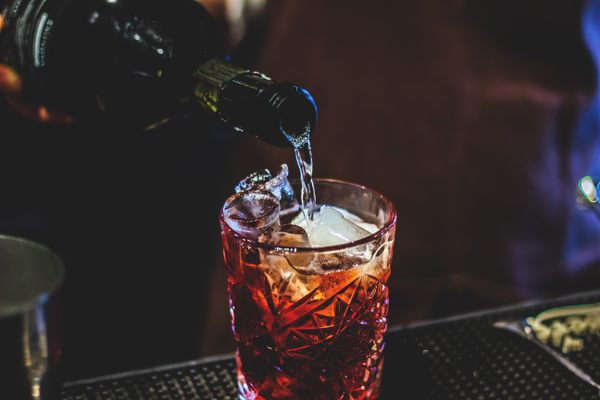How ‘Ennobling’ Helped Italian Aristocrats Solve the Problem of Garlic
The ingredient would have otherwise been too cheap to grace noble tables.

For the 16th-century Italian noble, garlic posed a unique, culinary dilemma. To demonstrate status, a person of taste and means served food prepared with the finest, rarest spices, such as saffron, cinnamon, cloves, and ginger. Common ingredients were to be avoided, and garlic was neither rare nor fine. But it was delicious. So what was a noble lord or lady to do?
In order to have their garlic and eat it too, aristocrats’ chefs devised a loophole: ingredient “ennobling.” To make garlic and other stigmatized ingredients socially acceptable, they paired garlic with richer, more patrician foodstuffs: meats, expensive spices, and aged cheeses. These, through mere proximity, performed a sort of gastronomic alchemy that enabled garlic to shed the stench of poverty and appear on nobles’ tables.
In Renaissance-era Italian society, what you ate was intimately linked to social status. This is evident in the gratuitous use of saffron, the most expensive spice in the world, in the cookbooks of the wealthy. This link is also illustrated in literature from the period, which uses nicknames rooted in aromatic vegetables to refer to the lower classes, conflating the people with what they ate: “onion eaters” and “fava bean eaters” and “garlic eaters.”

In his collection of short stories from the late 15th century, Novelle Porretane, Renaissance man Giovanni Sabadino degli Arienti includes the story of a valet, who, unhappy with his social position, asks his lord to knight him. The lord, a man of breeding who understands the unchangeable, cosmic nature of social hierarchy, tries to explain the impossibility of his request. But the valet persists. So, the lord proves his point with garlic. In what turns out to be a farcical knighting ceremony, the lord presents the valet with a crest that has:
…an azure background [with] a hand sprinkling salt on a head of garlic … in the place of the crested helm, there was a very beautiful woman, representing Virtue, holding her nose and covering her mouth to show that she was disgusted by the smell of garlic.
Just in case anyone missed the moral, the narrator explains that “[garlic is] always a rustic food, although it is sometimes artificially ennobled, as when it is inserted into the meat of roast goslings.” Here is where the similarity to the valet diverges—when paired with choice cuts of meat, garlic, at least, has the possibility for transcendence.

This was no mere snobbery—garlic’s link to the peasantry was backed up by extensive pseudoscience. High society believed that the lower classes ate garlic and onions not because they were plentiful and cheap, but because those foods were proper and necessary for their health. By this logic, the same hierarchy created by God for humans was represented in the natural world. Fruits of the earth (vegetables) were best suited to those who existed closest to the earth on the great, divine chain of being: peasants. Fruits of the air, however, were most salubrious to the upper classes, and they were thought to be medically degenerative for peasants. This was even represented in semi-parodic stories about peasants coming to court and dying because they had to subsist on upper class foods. If only they’d only had some fava beans cooked with turnips and onions, they might have survived.
Because the aristocracy served as the judge and jury of social position and taste, they allowed themselves greater leeway. Recipe collections from the period describe various strategies for transmuting the provincial essence of peasant fare to make it noble. According to Italian food historian Massimo Montanari, there were two main methods: augmenting peasant ingredients with noble ingredients, and serving peasant ingredients as a side to a more socially appropriate food.

Recipes for agliata, a roasted-garlic sauce that made its way into the cookbooks of the elite for the first time in this period, show ennobling in action. The dish appears in the earliest recipe collections of the period, Liber de coquina and Libero della cocina. Both include agliata recipes that call for crushing roasted garlic and fresh garlic in a mortar and pestle, adding broth and bread crumbs, and reducing the mixture to the cook’s satisfaction. Although the recipes are legendarily spartan in their preparation instructions, the first lines instruct that the dish is best served “with all meats.” The recipes also end with the suggestion that the chef add sweet spices of his choosing.
As someone who has made agliata from the medieval source texts, I’ll say this: Adding the preferred, expensive “sweet” spices from the period—saffron, cinnamon, cloves, nutmeg, or ginger—does nothing for the flavor. If anything, it detracts from and confuses it. Including a spice was simple ennobling in action, not flavor enhancement.

Ennobling may seem like a quirk from a bygone age, a silly product of an all-too-rigid social structure that we’ve transcended. But it’s worth thinking about the way ennobling functions today. After all, is ennobling garlic with fancy ingredients all that different from placing a locally grown carrot on a rough-hewn wooden board at an elite restaurant? Or deconstructing a taco and filling it with wagyu beef and heirloom tomato pico de gallo? Or sprinkling gold leaf atop, well, anything? When it comes to food and social status, context is everything.
Gastro Obscura covers the world’s most wondrous food and drink.
Sign up for our email, delivered twice a week.

























Follow us on Twitter to get the latest on the world's hidden wonders.
Like us on Facebook to get the latest on the world's hidden wonders.
Follow us on Twitter Like us on Facebook